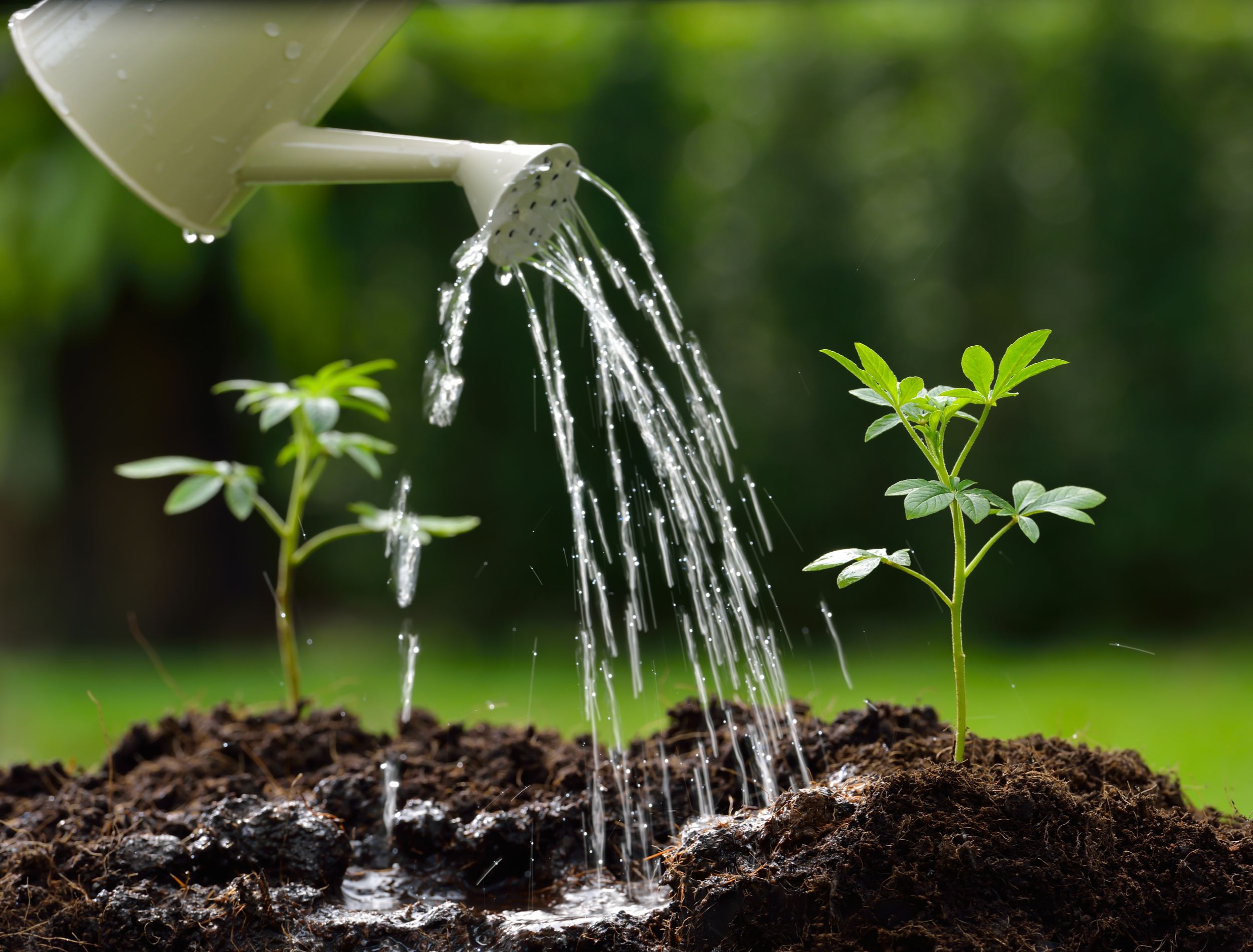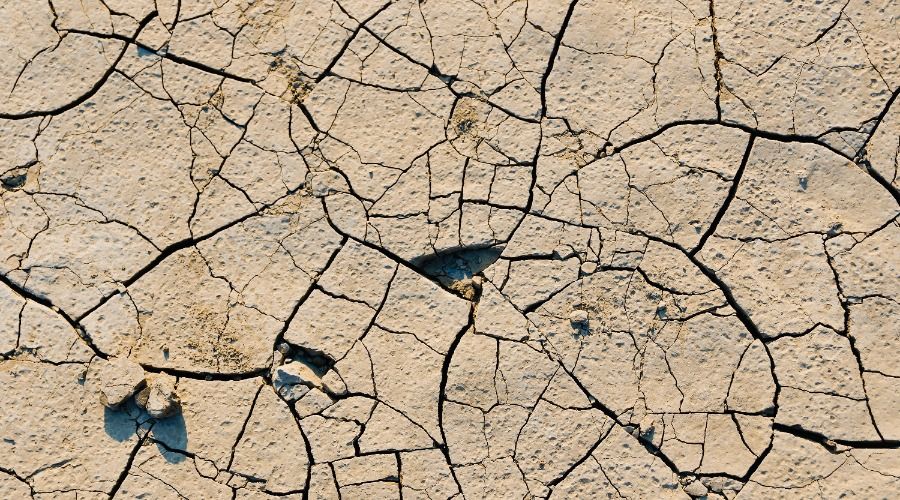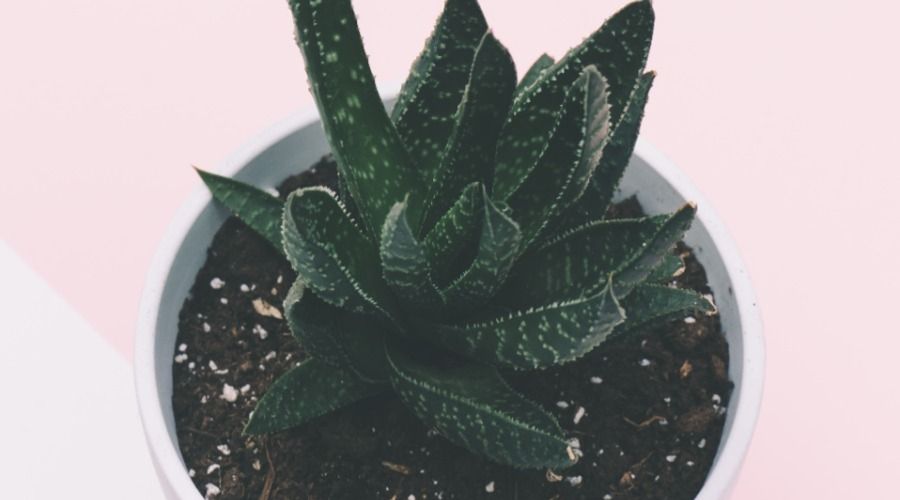If you look at a packet of seeds you'll notice that it tells you your vegetables and flowers need, "well-drained soil," but what does that actually mean?
In the simplest of terms, "well-drained" means that the soil has enough space to let water and air run through it, and not pool in one area. This is especially important near the roots of your plants. But keep in mind, having soil that drains too quickly can cause problems as well.
Why is it important to have well-drained soil?
Low drainage in soil can create pools of water around the roots. If left for too long, it can cause root rot. Root rot is a disease in plants causing the roots to die off. This will cost your plants their health, and they may die. Additionally, if the soil does not allow room for air to get to the roots, that can cause similar problems.
What causes poorly drained soil?
Image credits: Anton Ivanchenko via Unsplash
Many things can affect how well the soil will drain, such as the type of soil. Clay has a tendency to cake together when wet, and does not absorb moisture the same way as potting soil. This means that clay can stop air and water from being able to seep through to the roots.
With clay, you may notice after watering, or after a heavy rain, that water sits on top of the soil for long periods of time and does not get absorbed.
The location of your plants may also be playing a part in the condition of your soil. If your plants are at the bottom of a hill, or near a location where there's a lot of run-off, this could cause overwatering and stop your soil from being able to drain.
What should your soil look like:
Here is a video from Duke Farms showing what the ideal well-drained soil consistency should be.
How do we get well-drained soil?
Image credits: Scott Webb via Pexels
If clay is your issue, you may need to look into building raised beds. You can also look into having a good draining soil placed on top of the clay, so that your plants roots can grow freely and get the nutrients and water they need.
Sometimes your soil may simply be too compact. In this case, you can dig through a bit and break up the soil with your hands. You can also use simple tools to loosen it.
Compost is another great problem solver as it comes in a variety of types. Some have twigs and larger items to help create space in your soil. This, in turn, allows pockets for the air and water to pass through. You may notice small white pieces throughout potting soil that you purchased, and this is most likely perlite.
Perlite and vermiculite work in a similar way to compost. They keep the soil broken up so that nutrients and water can drain through it.
Well-drained soil
Follow these tips to create well-drained soil for your backyard and indoor plants, and you'll have the start of a great plant set-up! Play around with different mixtures of compost, or locations, and see what works best in your home!



